Shout at the Devil by Mötley Crüe
Buy Shout at the Devil Shout at the Devil is the point where Mötley Crüe‘s musical range widened and the perfect template for “hair metal” was forged for the coming years. Coming nearly […]
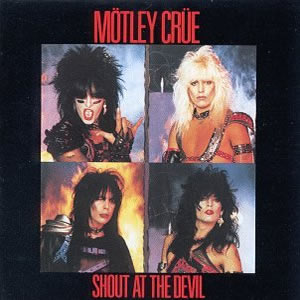
Buy Shout at the Devil Shout at the Devil is the point where Mötley Crüe‘s musical range widened and the perfect template for “hair metal” was forged for the coming years. Coming nearly […]
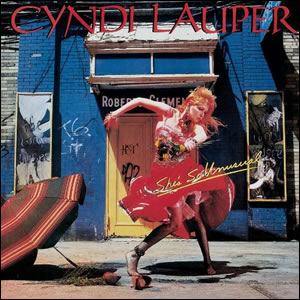
Buy She’s So Unusual One of the most successful pop debuts ever, She’s So Unusual by New Yorker Cyndi Lauper, went on to spawn four top-five hits, a first for a debut album […]
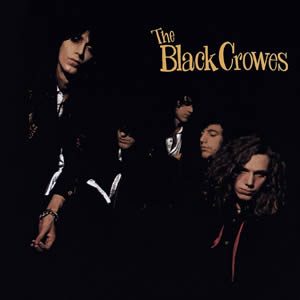
Buy Shake Your Money Maker The Black Crowes’ impressive debut brought old-school, blues-flavored rock to the forefront in 1990. A quarter century after its release, Shake Your Money Maker is still the group’s […]
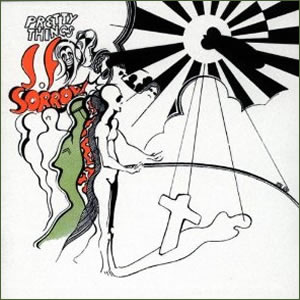
Buy S.F. Sorrow With their fourth overall album released in late 1968, The Pretty Things produced what was arguably the first true rock opera called SF Sorrow. The album was based on a […]
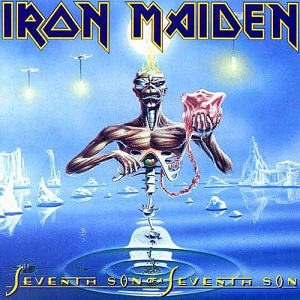
Buy Seventh Son of a Seventh Son One of Iron Maiden’s most popular albums, Seventh Son of a Seventh Son has the dual properties of being the last of their “classic” era and the first […]
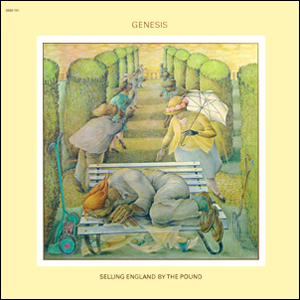
Buy Selling England by the Pound The classic lineup of Genesis was at their absolute peak musically and melodically on the 1973 album Selling England by the Pound. The band had a steady […]
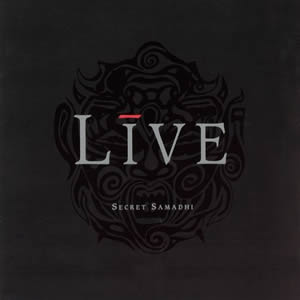
Buy Secret Samadhi The third overall album by the rock quartet Live, the 1997 release Secret Samadhi debuted on the top of the American charts immediately after its release. The album is named […]
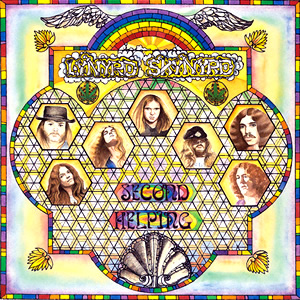
Buy Second Helping After their acclaimed, classic 1973 debut album, Lynyrd Skynyrd returned with the equally impressive Second Helping, where they continued to forge the emerging genre of Southern-fried rock. Like the first […]
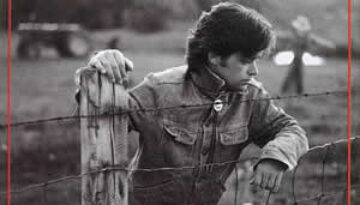
Buy Scarecrow While much of popular music in 1985 was moving towards more synth-based compositions and refined production, John “Cougar” Mellencamp decided to return to his roots on Scarecrow. In fact, Mellencamp was […]
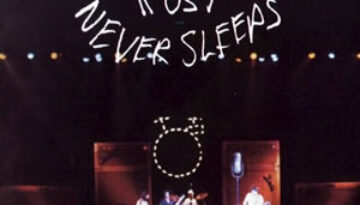
Buy Rust Never Sleeps Rust Never Sleeps was a unique recording by Neil Young and Crazy Horse as it was an album of all new material mainly recorded live but post-produced with some studio […]